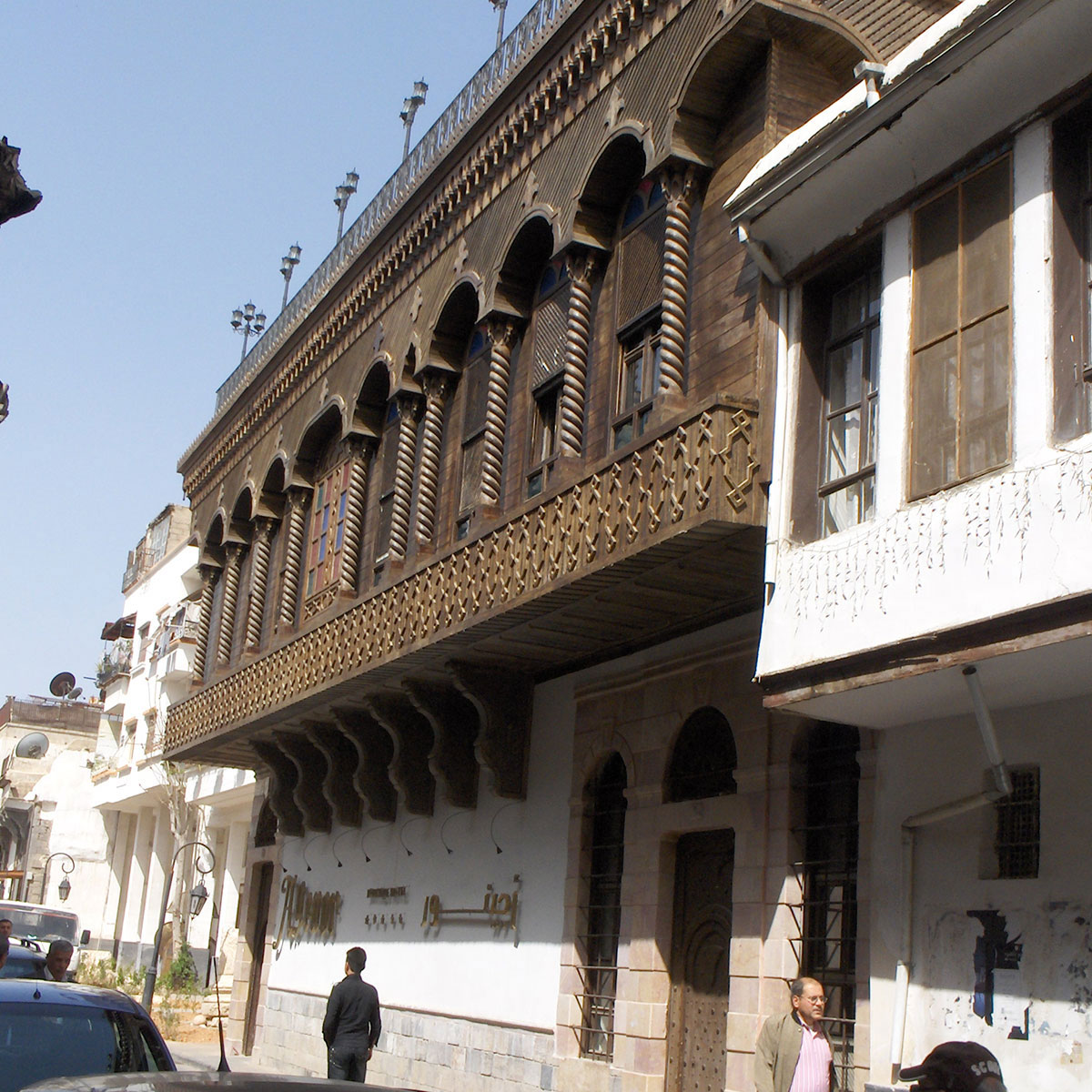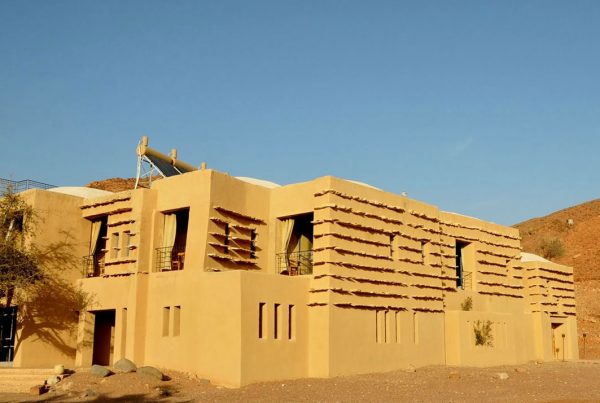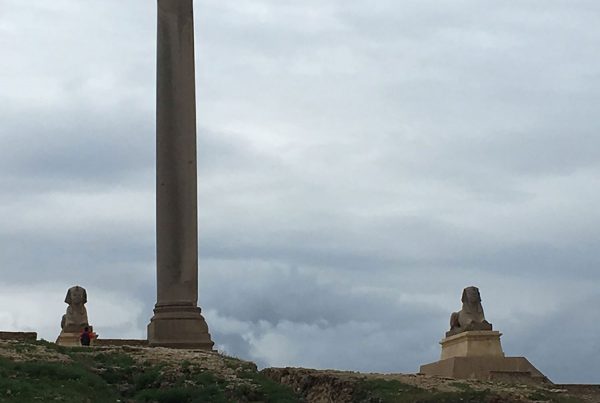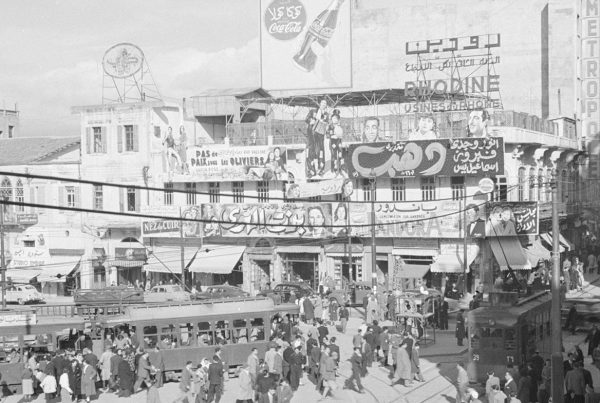Damascus needs no introduction. The city’s heritage is steeped in culture and religion. The first religious documentation of Damascus is in the Book of Acts. Here, we witness Apostle Paul meeting his deliverance, albeit unceremoniously. That historic incident that took place around 2,000 years ago has been immortalized in the “Road to Damascus” maxim. However, according to historians, Damascus is way older than that. The city was founded in the 3rd millennium B.C and holds the distinction as the oldest city in the world.
In the days of yore, Damascus was a major trading center, where the craft industry thrived. A significant portion of the Old Damascus has been reduced to ruins, through years of neglect, conflicts, and human encroachment. But like most cities in the Middle East, Damascus has struggled to preserve itself even in the face of rapid urbanization. The Old City still teems with lots of sightseeing opportunities, most of which consist of architectural marvels that have withstood the ravages of time. Some of those wonders are discussed below.
The Kasaa Street
Kasaa is a cool neighborhood located near Old Damascus. A stroll along the streets of Kasaa is as serenading as it’s nostalgic. Many of the remains of ancient Damascus have been preserved at Kasaa. The neighborhood is a little detached from the Old Town, making it possible to view the remains in Old Damascus from a vantage point.
The buildings and shops in this neighborhood are reminiscent of 19th and 20th century Middle East architecture. That’s not too long ago, but long enough to generate some nostalgia. Kasaa is also known for its popular street foods, which might be a nice treat before heading on to Old Damascus for a more fulfilling experience.
The Al Miskee Public Space
Al Miskee is one of the most popular in-between places in Old Damascus. It’s just the right place to escape the hustle and bustle of the city streets. Located in front of the Umayyad Mosque, Al Miskee aptly captures the laid-back cultures of this grand city. The adjacent superimposing Umayyad Mosque is a spectacle in its own right. The mosque has been standing tall since 634 AD, right after the Muslim conquest of Damascus. A grand mausoleum containing Saladin’s tomb stands in a garden that adjoins the north wall of the mosque. Both the mausoleum and the mosque are in a relatively great state of repair, despite having existed for hundreds of years.
The Jewish District
The Jewish District in Damascus Old Town is another cool place to hang out and relish the city’s rich cultural diversity. Also known as the Al-Amin neighborhood, this district features the very last evidence of the ancient Jewish presence in the city of Damascus. Much of that evidence is preserved in the numerous Jewish cafes and bazaars, the very ones that exist nowhere else within the town.
Ancient houses and winding alleyways are a testament to a town that was once a haven for Jews, before the 1990s when thousands of Jews left the country. The street teems with numerous marble-clad, ornate homes reminiscent of the Ottoman-era. A grand modern structure, the Talisman, is nestled within this old district. The Talisman is the newest boutique hotel built from some of the neighborhood’s ancient ruins.
Al-Hamidiyah Souq

Al-Hamidiyah Souq, Damascus, Syria by Bernard Gagnon
Al-Hamidiyah Souq is the largest souk in Old Damascus. Measuring 2,000 ft. long and 49 ft. wide, the souk is one of the most vibrant in Old Damascus. Its history dates back to 1780 when it was constructed by the Ottoman Sultan Abdul Hamid before successive sultans expanded it into the grand shopping district it is today.
Al-Hamidiyah Souq begins from the Al-Thawra Street and extends to the Umayyad Mosque. At the entrance of the souk is the imposing Roman Temple of Jupiter. Towering at 40 feet, this temple is one of the remaining shreds of evidence of the Roman influence in the Middle East, in the ancient and middle ages. Another prominent structure within the souk is a 33 ft. metal arch which also dates back to the Ottoman era.
Al Kaymariye
Kaymariye is famous for its numerous street buildings and shops, most of which are inspired by architectural styles from the Ottoman era. Kaymariye is not as busy as the Al-Hamidiyah Souq, which makes its ruins more prominent.
Kaymariye is also known for its rich exotic culinary experiences. It has been frequently featured as one of the points of interest in Old Damascus. Popular foods here include delicious croissants, sandwiches and lots of other street foods. Not to mention, the traditional coffee, locally known as kahwa and a hot drink made from lemon and cumin.
The Nour al-Din al-Shahid
Nour al-Din al-Shahid isn’t just a spectacular in-between place in Old Damascus, but it’s also one of the oldest. The defining features of Nour al-Din al-Shahid are the numerous Ottoman-inspired hammams. The culture of hammams started during the Umayyad era but was popularized during the Ottoman era. Over time, this culture has largely been abandoned, but not in Old Damascus. The town still boasts 20 public baths, and Nour al-Din al-Shahid that’s located in the Al-Buzuriyah Souq is definitely the most famous hammam in the city. A public bath at the Nour al-Din al-Shahid is an ideal way to experience the magnificent cultures of ancient Syrians. And like many hammams in Old Damascus, Nour al-Din al-Shahid has retained most of its architectural design features. That speaks to the ingenuity of ancient Middle East architects.
Evidently, Old Damascus features lots of in-between areas to retreat to and experience ancient cultures. There can never be a better way to escape the hustle and bustle of Damascus city life and uncover the city’s rich architectural heritage.









